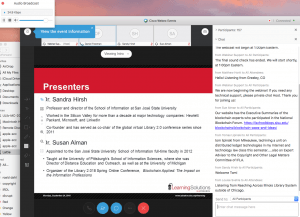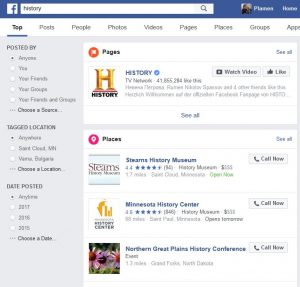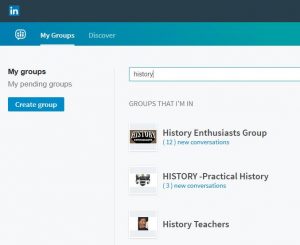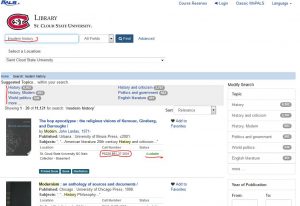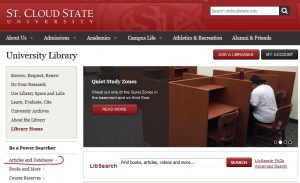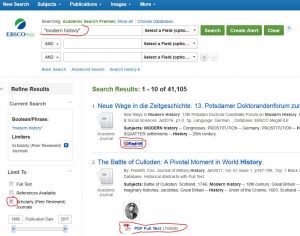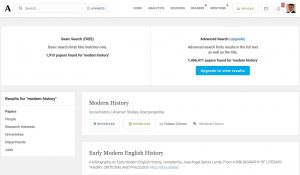WHY TECHNOLOGY FAVORS TYRANNY
https://www.theatlantic.com/magazine/archive/2018/10/yuval-noah-harari-technology-tyranny/568330/
Artificial intelligence could erase many practical advantages of democracy, and erode the ideals of liberty and equality. It will further concentrate power among a small elite if we don’t take steps to stop it.
liberal democracy and free-market economics might become obsolete.
The Russian, Chinese, and Cuban revolutions were made by people who were vital to the economy but lacked political power; in 2016, Trump and Brexit were supported by many people who still enjoyed political power but feared they were losing their economic worth.
artificial intelligence is different from the old machines. In the past, machines competed with humans mainly in manual skills. Now they are beginning to compete with us in cognitive skills. And we don’t know of any third kind of skill—beyond the manual and the cognitive—in which humans will always have an edge.
Israel is a leader in the field of surveillance technology, and has created in the occupied West Bank a working prototype for a total-surveillance regime.
The conflict between democracy and dictatorship is actually a conflict between two different data-processing systems. AI may swing the advantage toward the latter.
As we rely more on Google for answers, our ability to locate information independently diminishes. Already today, “truth” is defined by the top results of a Google search.
The race to accumulate data is already on, and is currently headed by giants such as Google and Facebook and, in China, Baidu and Tencent. So far, many of these companies have acted as “attention merchants”—they capture our attention by providing us with free information, services, and entertainment, and then they resell our attention to advertisers.
We aren’t their customers—we are their product.
Nationalization of data by governments could offer one solution; it would certainly curb the power of big corporations. But history suggests that we are not necessarily better off in the hands of overmighty governments.
